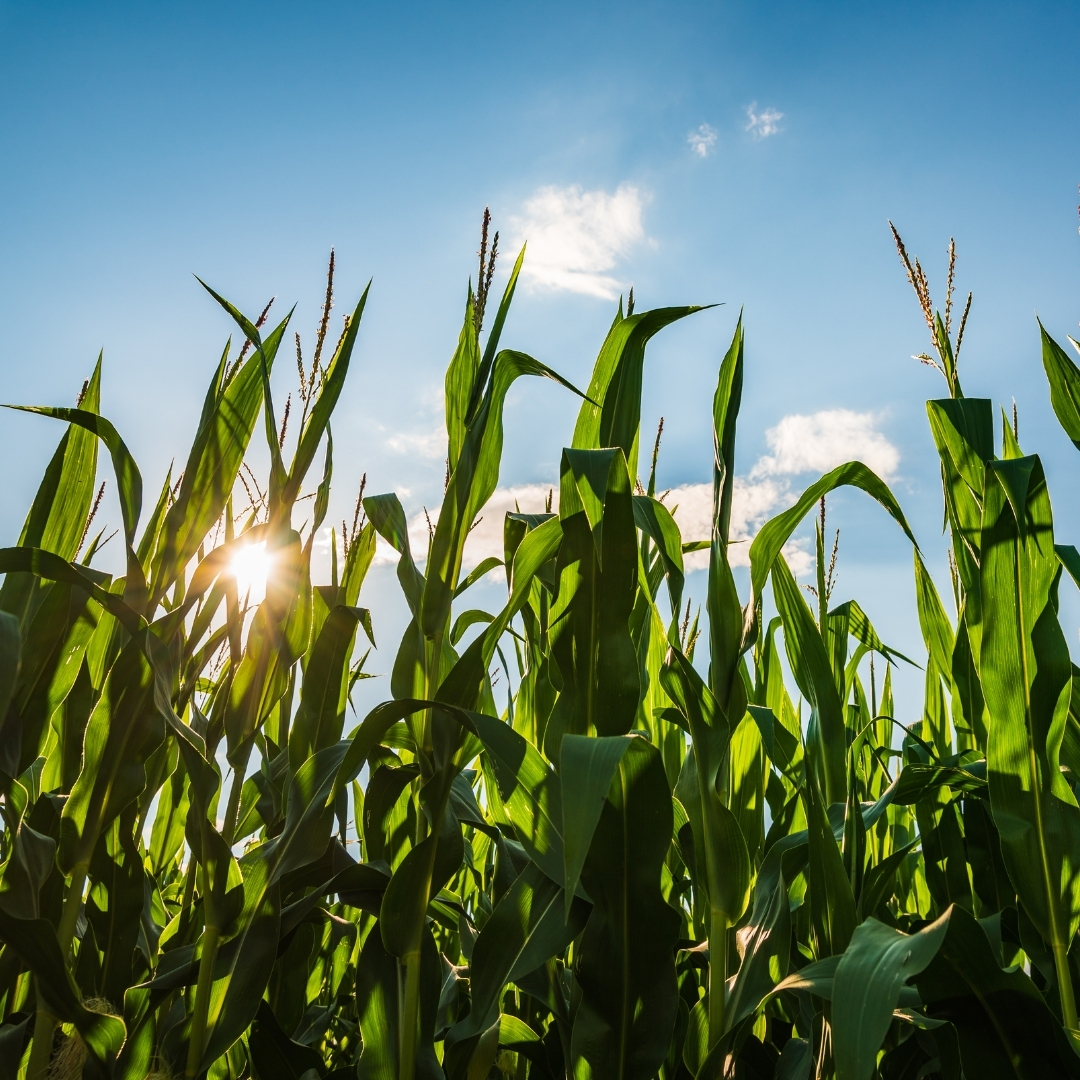Yesterday, the government released its headline targets for the English Food Strategy. While the targets lack legal backing and detailed plans, they offer the livestock sector a framework to support both government and society in building sustainable, resilient food systems for the future.
The 10 food strategy priorities
Healthier and more affordable food
- A food environment that promotes healthier and more environmentally sustainable food choices
- Universal access to safe, affordable, healthy, convenient, and appealing food
Good growth
3. Conditions for sustainable growth in the food sector through innovation, productivity, and fairer, more transparent supply chains
4. A food sector that attracts talent and nurtures a skilled workforce in every region
Sustainable and Resilient Supply
5. Environmentally sustainable food supply with high animal welfare and reduced waste
6. Trade that supports sustainability, upholds British standards, and expands exports
7. Resilient domestic production to ensure secure supply of healthier food
8. Better preparedness for supply chain disruptions and long-term risks
Vibrant food cultures
9. Celebration of UK, regional, and local food cultures
10. A population connected to local food systems with the confidence, knowledge, and skills to cook and eat well
Source: GOV.UK
These themes place equal weight on environmental sustainability and public health. They support economic growth while aiming to reduce diet-related illness, especially in children and vulnerable communities. The strategy sets out to protect land and marine ecosystems, reduce greenhouse gas emissions, limit waste and pollution, and strengthen supply chain resilience.
In short, the ambition is bold and rightly so. This strategy builds on previous efforts by connecting multiple societal challenges, suggesting they can be tackled simultaneously with the right investment from government and industry.
How can the livestock sector support these targets?
1. Grassroots education campaigns
National initiatives like AHDB’s campaigns are vital in combating anti-livestock misinformation. However, they are often reactive. In contrast, local events like LEAF’s Open Farm Sunday foster proactive public engagement.
Why stop there?
- Could processor-led centres of excellence host regular community events?
- Could young farmers be trained in public speaking and consumer engagement?
- Could farmer groups receive funding for local school visits or farm tours?
Currently, many of these activities occur in isolation. Yet, with support from retailers and foodservice companies, they could form part of larger CSR (Corporate Social Responsibility) strategies, boosting both public trust and marketing impact.
For example, privately funded educational initiatives could sit alongside schemes like Farming in Protected Landscapes. Imagine farms offering “Agriculture Badges” to Brownie or Scout groups or running safer, supported “Lambing Live” experiences. These cultural services are vital for social sustainability—and deserve co-funding support.
2. Environmental delivery and clarity
Many commentators have called for legally binding food security targets. However, existing laws like the Farming Rules for Water, UK Climate Change Act, and Environment Act already underpin most environmental requirements, excluding soil health.
The real challenge now lies in implementation.
For many farms, theoretical debates about regenerative agriculture are secondary to the practical difficulties of meeting water quality rules. The rise of frameworks like Science-Based Targets and TNFD (Taskforce on Nature-related Financial Disclosures) underscores the growing regulatory pressure.
To meet both legislative and industry sustainability targets, we must:
- Work with farmers to gather better data
- Align environmental compliance with supply chain resilience
- Support farms to meet current regulations, not just future aspirations
DEFRA’s Food Data Transparency Partnership is progressing fast. Its success could help reduce inaction driven by regulatory uncertainty.
In practical terms, having carbon and biodiversity data, but not knowing if a field lies within a Nitrate Vulnerable Zone, represents a business risk, especially as the government pushes for resilient domestic food production.
3. Cross-sector collaboration for British livestock
The term “data sharing” often sparks concern, but collaboration has never been more essential. DEFRA’s funding is finite, and UK academics now operating on 70% of their previous Horizon Europe support (Science Business, 2025) could offer the livestock sector huge value through closer partnerships.
Now is the time to:
- Explore stacked funding models to support farm businesses
- Engage universities in scalable on-farm innovation
- Expand farmer-led research, like the ADOPT programme, into private sector contexts
Mentoring schemes, peer-to-peer knowledge sharing, and supply chain-wide data collection already happen—but without a unifying strategy, their impact is limited.
Could the industry finally bring together farmers, researchers, and policymakers to build a coordinated approach to sustainable agriculture? Or will commercial sensitivities keep us siloed until the pressure of legislation forces alignment?
A shared responsibility and a unique opportunity
The central message is clear: achieving the English Food Strategy’s goals will require a collective effort from the livestock industry, government, and academic sector.
Integrating policy, science, and real-world farming practices isn’t just another box to tick. It’s a golden opportunity to show that British livestock farming can lead the way in delivering sustainable food systems, climate action, and nature protection.
What if this kind of collaboration becomes the most powerful advert for British livestock this decade?







